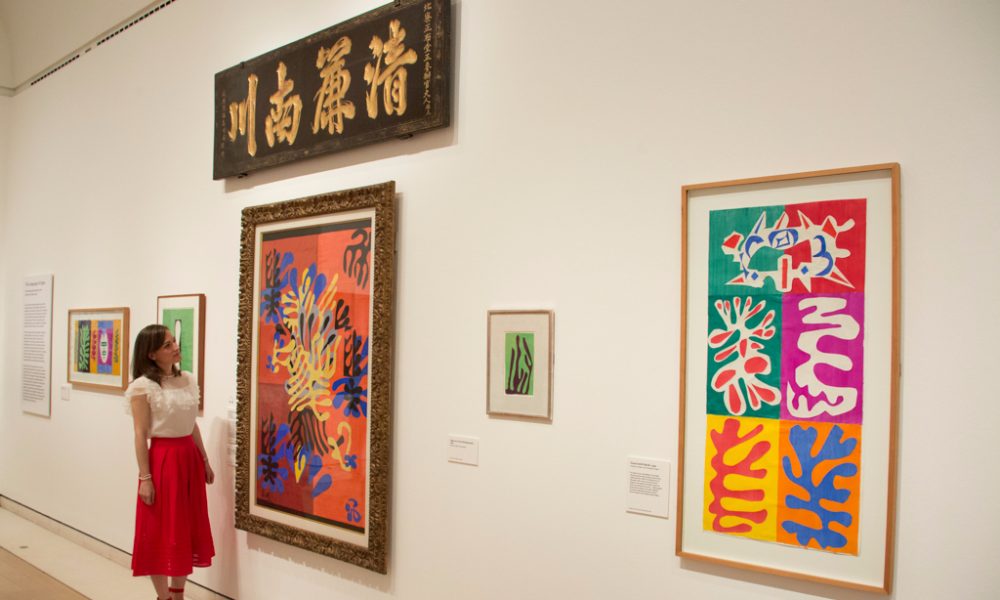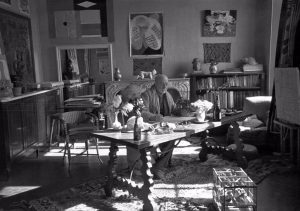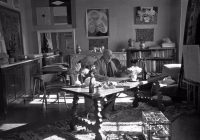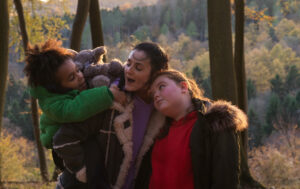Matisse in the Studio at the Royal Academy of Arts

“I have worked all my life before the same objects…The object is an actor. A good actor can have a part in ten different plays; an object can play a role in ten different pictures.” – Henri Matisse, 1951.
Opening this week at the Royal Academy of Arts is a unique exhibition, displaying for the first time the works of French artist Henri Matisse (1869-1954) alongside the objects that were both the focus and inspiration for those pieces.
Wandering through the rooms of the Sackler Wing of Galleries, visitors can find an eclectic collection of 35 objects ranging from African masks, North African textiles, Chinese porcelain, to the remainder of a Roman torso amongst 65 of Matisse’s paintings, sculptures, drawings, prints and cut-outs, bringing to life and revealing the truly international face of the cultural traditions that influenced his work.
The exhibition is divided into five thematic sections: in The Object as an Actor, we see in the flesh the chocolate pot given to Matisse as a wedding present that reappeared in his paintings over time, such as Still Life with Shell (1940). In The Nude, we explore the influence of African sculpture, such as the wooden Reliquary Figure from the Fang region; photography, including images from an ethnographic-erotic magazine L’Humanité féminine; and his radical representations of the human form (of his more controversial work, Russian Sergei Shchukin famously told him: “The public is against you but the future is yours”.) in sculptures such as Two Women (1908) and his Woodcut nudes. The Face displays stunning portraits alongside the African masks that influenced his simplification and distilling of his sitters’ features, with striking pieces such as The Italian Woman (1916), a war refugee and model he painted more than 50 times, and Marguerite (1906-7), of his own daughter, only 13 at the time, which had a special place in Picasso’s studio and is on loan from the Musée Picasso-Paris.
In The Studio as Theatre we delve into the Islamic world of art that was exoticised in the European sphere in the tradition of Orientalism, with an array of wall hangings, Moroccan furniture, and Middle Eastern metalwork, which are displayed alongside the paintings depicting layers of fabrics, colours, designs and reclining women, such as Odalisque with Grey Culottes (1926-7), informed by such objects. Finally the Language of Signs focuses on the simplified signs (“The briefest possible indication of the character of a thing. A sign.” – Matisse) he created in colourful cutouts, displayed with pin marks and all. Their source of inspiration: characters carved on a Chinese calligraphy panel, a wonderful image of his own studio with the panel hanging surrounded by coloured shapes produced from the cutouts, which he had created in later life, to surround him while working from his bed or chair.
One might argue that the clutter of objects somehow detracts from appreciating the artworks themselves, that while representations of, or informed by, the items we see, they have become individual pieces distinct from their inspiration. But what becomes apparent is that, for Matisse, these objects were far more than decoration, collectibles or the clutter of a hoarder, but in fact carried a great importance as sources of creativity he would return to time and time again throughout his artistic career. Matisse in the Studio is a thrilling journey through the mind of an artist via the world of objects that inspired and informed his groundbreaking use of colour and form.
Sarah Bradbury
Photos: Erol Birsen
Matisse in the Studio is at the Royal Academy of Arts from 5th August until 12th November 2017. For further information or to book visit here.


























Facebook
Twitter
Instagram
YouTube
RSS